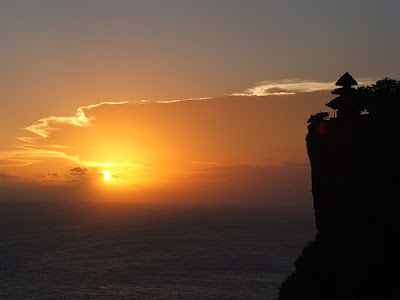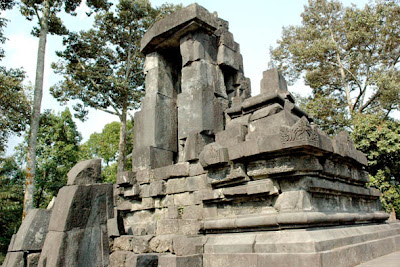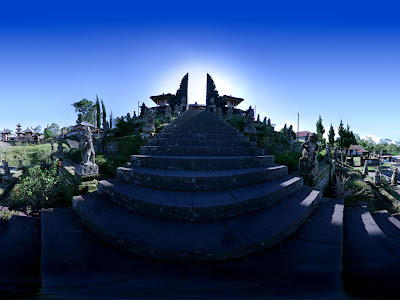Home » Posts filed under Temple

Luhur Temple Uluwatu is one of the temples in Bali with a very beautiful location. The main attraction for tourists from the temple is a spectacular panorama. Located in the northwest, the temple is perched on the edge like a very high rock cliffs and steep, with views of the sea under a blue net and













